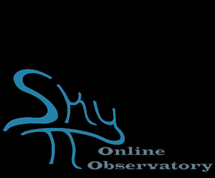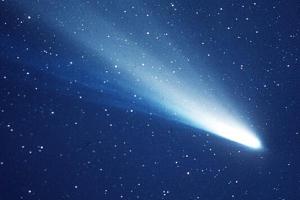2014 Orionid Meteor Shower
- October 4, 2014
In 2014, the shower is expected to peak between October 20 – 21. An almost new Moon will make it easy to view the shower for both Northern and Southern Hemisphere observers.
The Orionid meteor shower is one of the two meteor showers associated with the Comet Halley. It is called Orionids because the meteors seem to emerge or radiate from the constellation Orion.
Orionids tend to be active every year in the month of October, usually peaking around October 20. At its peak, people can view about 20 meteors an hour.
The Eta Aquarids in May is the second meteor shower created by the debris left by Comet Halley. Halley takes around 76 years to make a complete revolution around the Sun. The next time, it will be visisble from Earth will be in 2061.
The Draconids also occur in October. They usually peak around October 7 and October 8.
Where to view the Orionids
The Orionids can be seen by viewers from both hemispheres.
While it is not necessary to look in a particular direction to enjoy a meteor shower – just lay down on the ground and look directly above and you are bound to see some meteors – astronomers suggest that observers in the Northern Hemisphere look towards the southeastern sky, while those in the Southern Hemisphere look at the northeastern sky.
When to view the Orionids
The best time to view the Orionids is just after midnight and right before dusk.
http://www.timeanddate.com/astronomy/meteor-shower/orionid.html


